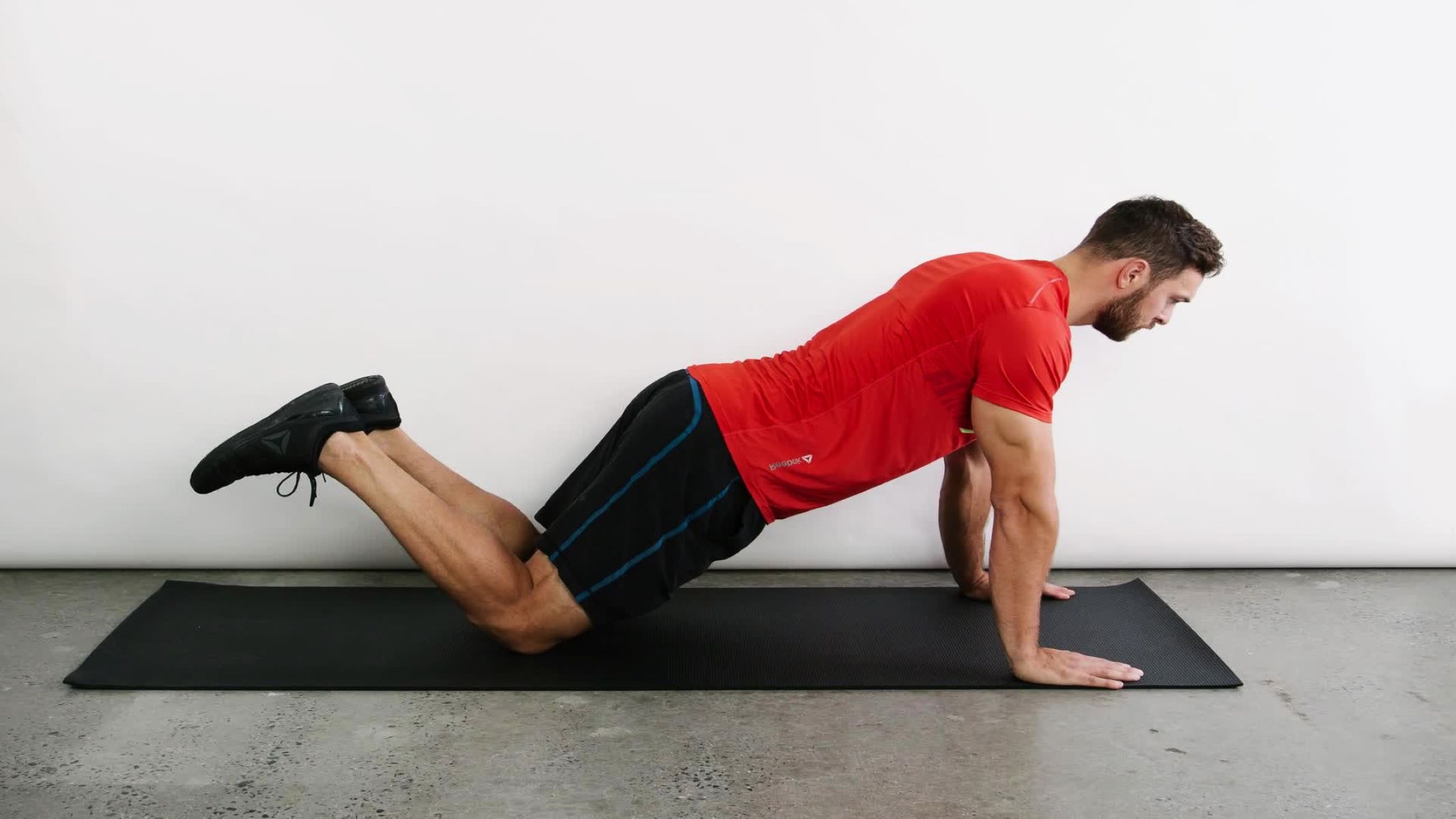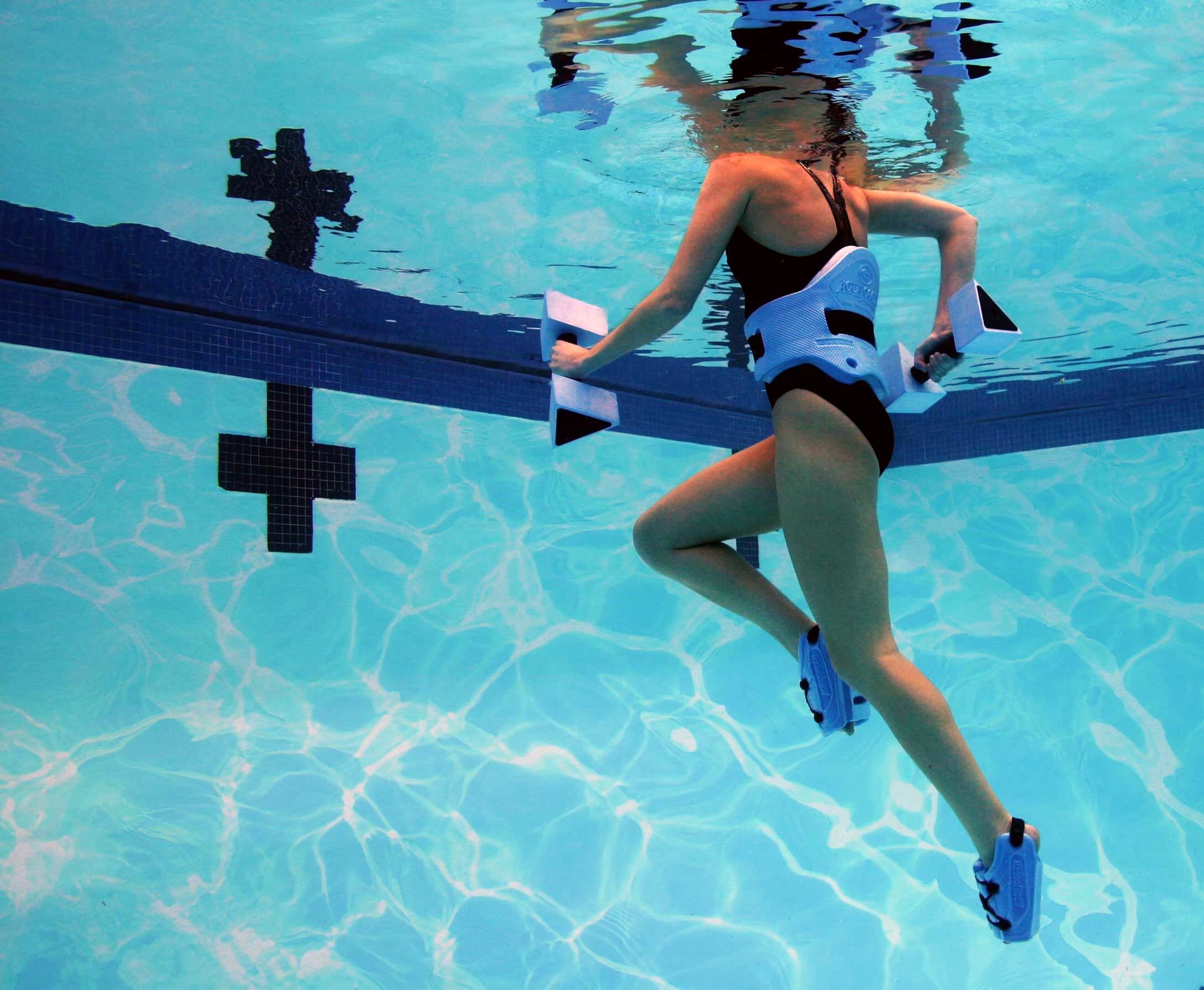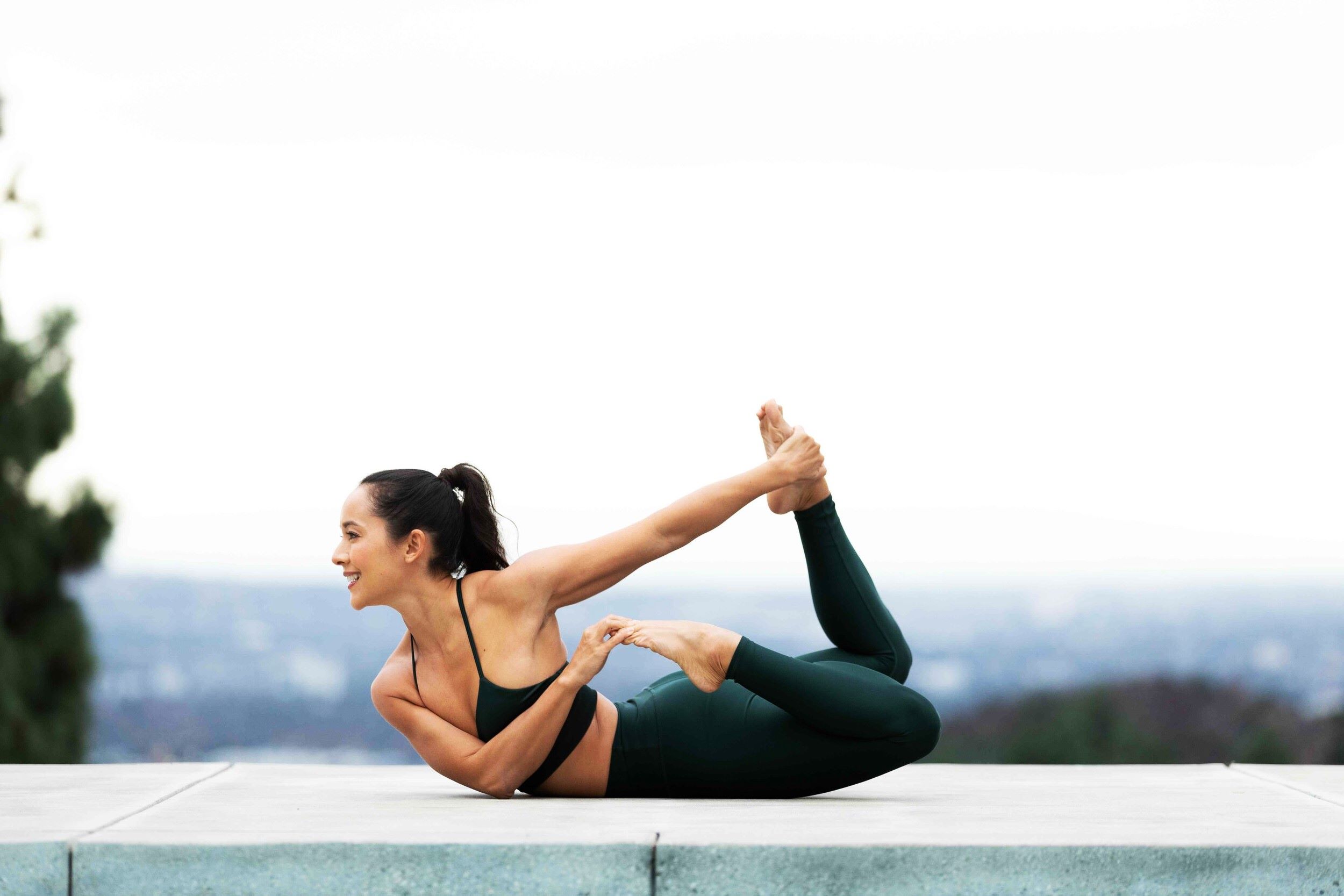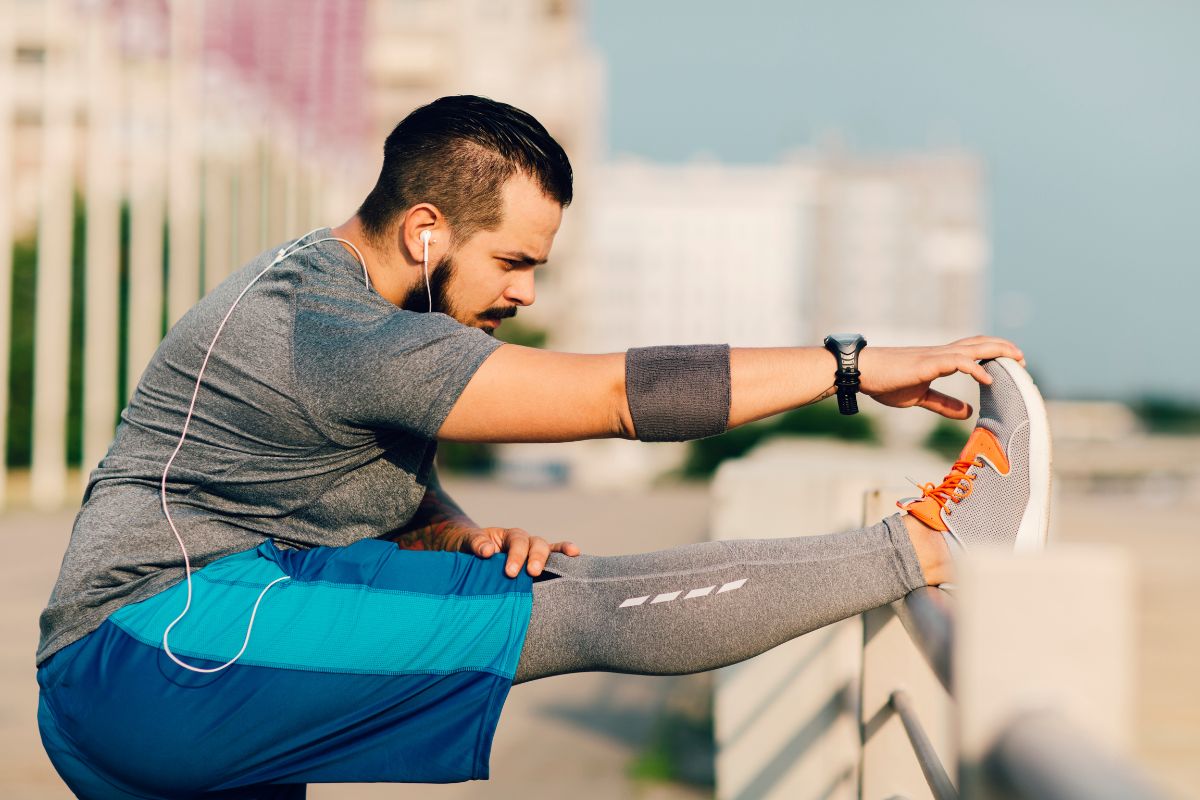Home>Training & Techniques>The Importance Of Incorporating Walking Into A Runner’s Routine


Training & Techniques
The Importance Of Incorporating Walking Into A Runner’s Routine
Published: March 6, 2024
Discover the benefits of adding walking to your running regimen. Explore effective training and techniques for optimal results.
(Many of the links in this article redirect to a specific reviewed product. Your purchase of these products through affiliate links helps to generate commission for Therunningadvisor.com, at no extra cost. Learn more)
Table of Contents
Benefits of Walking for Runners
Walking offers a myriad of benefits for runners, serving as a valuable addition to their training regimen. Integrating walking into a runner's routine can yield numerous advantages, enhancing overall performance and well-being. Here are the key benefits of incorporating walking into a runner's training program:
-
Active Recovery: Walking provides an effective form of active recovery for runners. After an intense running session, engaging in a brisk walk can help to alleviate muscle soreness and stiffness. It promotes blood circulation, aiding in the removal of metabolic waste products from the muscles, thereby expediting the recovery process.
-
Low-Impact Exercise: Unlike running, which exerts significant impact on the joints and muscles, walking is a low-impact exercise. This makes it an ideal option for runners seeking to reduce the risk of overuse injuries. By alternating between running and walking, runners can mitigate the strain on their bodies while still engaging in physical activity.
-
Endurance Building: Walking serves as an effective means of building endurance for runners. By incorporating regular long walks into their training routine, runners can enhance their cardiovascular fitness and stamina. This, in turn, can translate to improved performance during runs, enabling runners to sustain their pace for longer durations.
-
Active Cross-Training: Walking complements running as a form of cross-training. It engages different muscle groups and movement patterns, offering a well-rounded workout for runners. This cross-training effect can contribute to improved overall fitness, helping to prevent muscular imbalances and enhancing running efficiency.
-
Mental Refreshment: In addition to its physical benefits, walking provides runners with an opportunity for mental refreshment. Taking a leisurely walk in a natural setting can serve as a calming and meditative experience, allowing runners to unwind and clear their minds. This mental rejuvenation can be invaluable for maintaining a positive mindset and reducing stress levels.
Incorporating walking into a runner's routine can yield a multitude of advantages, ranging from physical recovery and injury prevention to mental rejuvenation and enhanced performance. By recognizing and embracing the benefits of walking, runners can optimize their training approach and elevate their overall well-being.
How Walking Can Improve Running Performance
Walking plays a pivotal role in enhancing running performance, offering a range of benefits that directly contribute to improved endurance, strength, and overall efficiency. By strategically incorporating walking into their training regimen, runners can experience notable enhancements in various aspects of their performance.
Building Endurance and Stamina
Regular walking sessions can significantly contribute to the development of endurance and stamina, which are essential for sustained performance during runs. Walking at a brisk pace over extended distances helps to condition the cardiovascular system, gradually increasing the body's capacity to utilize oxygen and deliver it to working muscles. This, in turn, enhances the body's ability to endure prolonged physical exertion, ultimately benefiting a runner's performance during long-distance runs.
Strengthening Muscles and Joints
Walking serves as an effective means of strengthening the muscles and joints crucial for running. It engages the lower body muscles, including the calves, quadriceps, hamstrings, and glutes, while also providing a low-impact workout for the joints. This gentle yet effective form of exercise helps to improve muscular endurance and joint stability, thereby reducing the risk of overuse injuries commonly associated with running. By incorporating regular walking sessions, runners can fortify their lower body muscles and enhance overall joint health, contributing to improved running performance and injury prevention.
Enhancing Recovery and Active Rest
Incorporating walking into a runner's routine facilitates active recovery, serving as a valuable tool for post-run recuperation. After an intense running session, engaging in a leisurely walk promotes blood circulation, aiding in the removal of metabolic waste products from the muscles. This active recovery process accelerates muscle repair and reduces post-exercise soreness, enabling runners to recover more effectively between training sessions. Additionally, walking provides an opportunity for active rest, allowing runners to engage in physical activity while minimizing the impact on fatigued muscles, thus promoting overall recovery and readiness for subsequent runs.
Mental and Emotional Well-being
Beyond its physical benefits, walking contributes to the mental and emotional well-being of runners, which can significantly impact their overall performance. Taking a leisurely walk in a natural setting offers a calming and meditative experience, providing runners with an opportunity to clear their minds and alleviate stress. This mental rejuvenation can enhance focus, motivation, and overall mental resilience, all of which are crucial for maintaining a positive mindset and achieving peak performance during runs.
In essence, the incorporation of walking into a runner's training routine can yield substantial improvements in endurance, muscular strength, recovery, and mental well-being, all of which are integral to enhancing running performance. By recognizing the multifaceted benefits of walking and integrating it strategically into their training approach, runners can optimize their performance and elevate their overall running experience.
Incorporating Walking for Recovery and Injury Prevention
In the realm of running, recovery and injury prevention are paramount concerns for athletes seeking to maintain peak performance and long-term physical well-being. Walking, when strategically integrated into a runner's routine, serves as a valuable tool for facilitating recovery and mitigating the risk of injuries. This deliberate incorporation of walking not only promotes physical recuperation but also contributes to the overall resilience of the body, thereby enhancing the sustainability of a runner's training regimen.
Active Recovery and Muscle Repair
Following an intense running session, engaging in a brisk walk can effectively jumpstart the recovery process. Walking promotes blood circulation, facilitating the removal of metabolic waste products from the muscles. This active recovery mechanism expedites muscle repair and reduces post-exercise soreness, enabling runners to recuperate more efficiently between training sessions. By incorporating walking as a form of active recovery, runners can optimize the body's natural healing processes, ensuring that they are adequately prepared for subsequent runs.
Low-Impact Nature and Joint Health
One of the key advantages of walking for recovery and injury prevention lies in its low-impact nature. Unlike the repetitive high-impact forces experienced during running, walking imposes minimal stress on the joints and muscles. This makes it an ideal exercise for promoting joint health and mitigating the risk of overuse injuries. By incorporating regular walking sessions into their routine, runners can strengthen the supportive structures around their joints, thereby enhancing overall joint stability and resilience. This proactive approach to joint health is instrumental in preventing common running-related injuries, such as stress fractures, tendonitis, and IT band syndrome.
Injury Rehabilitation and Prevention
In instances where a runner is recovering from a specific injury, walking can serve as a crucial component of the rehabilitation process. It allows for controlled, low-impact movement, enabling individuals to gradually reintroduce physical activity while minimizing the risk of exacerbating the injury. Additionally, walking aids in maintaining cardiovascular fitness and muscular strength during periods of reduced running activity, thereby supporting the overall recovery trajectory. By incorporating walking as part of the rehabilitation protocol, runners can facilitate a smoother transition back to full running capacity while reducing the likelihood of re-injury.
Mental Restoration and Stress Reduction
In addition to its physical benefits, walking offers a valuable opportunity for mental restoration and stress reduction. Taking a leisurely walk in a natural environment provides runners with a tranquil setting to unwind and clear their minds. This mental rejuvenation is instrumental in alleviating stress and promoting a positive mindset, which are essential for overall well-being and injury prevention. By integrating walking as a means of mental rejuvenation, runners can cultivate a balanced approach to training, fostering both physical and mental resilience.
In essence, the deliberate incorporation of walking into a runner's routine for recovery and injury prevention yields multifaceted benefits, encompassing active recovery, joint health, injury rehabilitation, and mental well-being. By recognizing the pivotal role of walking in promoting recovery and mitigating injury risks, runners can optimize their training approach, thereby enhancing their overall performance and long-term athletic sustainability.
Tips for Adding Walking to a Running Routine
Incorporating walking into a running routine can significantly enhance overall performance and well-being. Here are some valuable tips for seamlessly integrating walking into a runner's training regimen:
-
Gradual Integration: Begin by incorporating short walking intervals into regular runs. For instance, alternate between running and walking in predetermined time increments, gradually increasing the duration of walking intervals as endurance improves. This gradual approach allows the body to adapt to the increased physical demands, minimizing the risk of overexertion.
-
Strategic Timing: Utilize walking as a warm-up or cool-down activity surrounding running sessions. A brisk walk before a run can effectively prepare the body for the upcoming physical exertion, while a post-run walk aids in promoting active recovery and reducing muscle soreness. By strategically timing walking intervals, runners can optimize their training sessions and enhance overall performance.
-
Pace Variation: Incorporate walking at varying paces to target different aspects of physical conditioning. Utilize brisk walking for active recovery and endurance building, while incorporating leisurely strolls for mental rejuvenation and stress reduction. By diversifying walking paces, runners can address multiple facets of their training needs, promoting holistic well-being.
-
Terrain Diversity: Explore diverse terrains for walking sessions, including flat surfaces, hills, and trails. Each terrain presents unique challenges and benefits, contributing to improved muscular strength, joint stability, and overall adaptability. By incorporating terrain diversity, runners can enhance their physical resilience and expand their training horizons.
-
Cross-Training Integration: Integrate walking as part of a comprehensive cross-training regimen. Engage in activities such as power walking, Nordic walking, or walking lunges to target specific muscle groups and movement patterns. This cross-training approach complements running, offering a well-rounded workout and contributing to overall fitness enhancement.
-
Mindful Engagement: Embrace walking as an opportunity for mindful engagement and mental rejuvenation. Take time to appreciate the surroundings, practice deep breathing, and cultivate a positive mindset during walking sessions. This mindful approach fosters mental resilience, reduces stress levels, and promotes a balanced training experience.
-
Tracking Progress: Utilize fitness trackers or apps to monitor walking performance and progress. Track metrics such as distance covered, walking pace, and heart rate to gauge improvements over time. This data-driven approach provides valuable insights into the impact of walking on overall fitness and performance, motivating runners to stay consistent with their walking routine.
By implementing these tips, runners can seamlessly integrate walking into their training routine, unlocking a myriad of benefits that contribute to enhanced performance, recovery, and overall well-being. This strategic fusion of running and walking creates a holistic training approach, empowering runners to optimize their athletic potential and enjoy a sustainable and fulfilling fitness journey.














